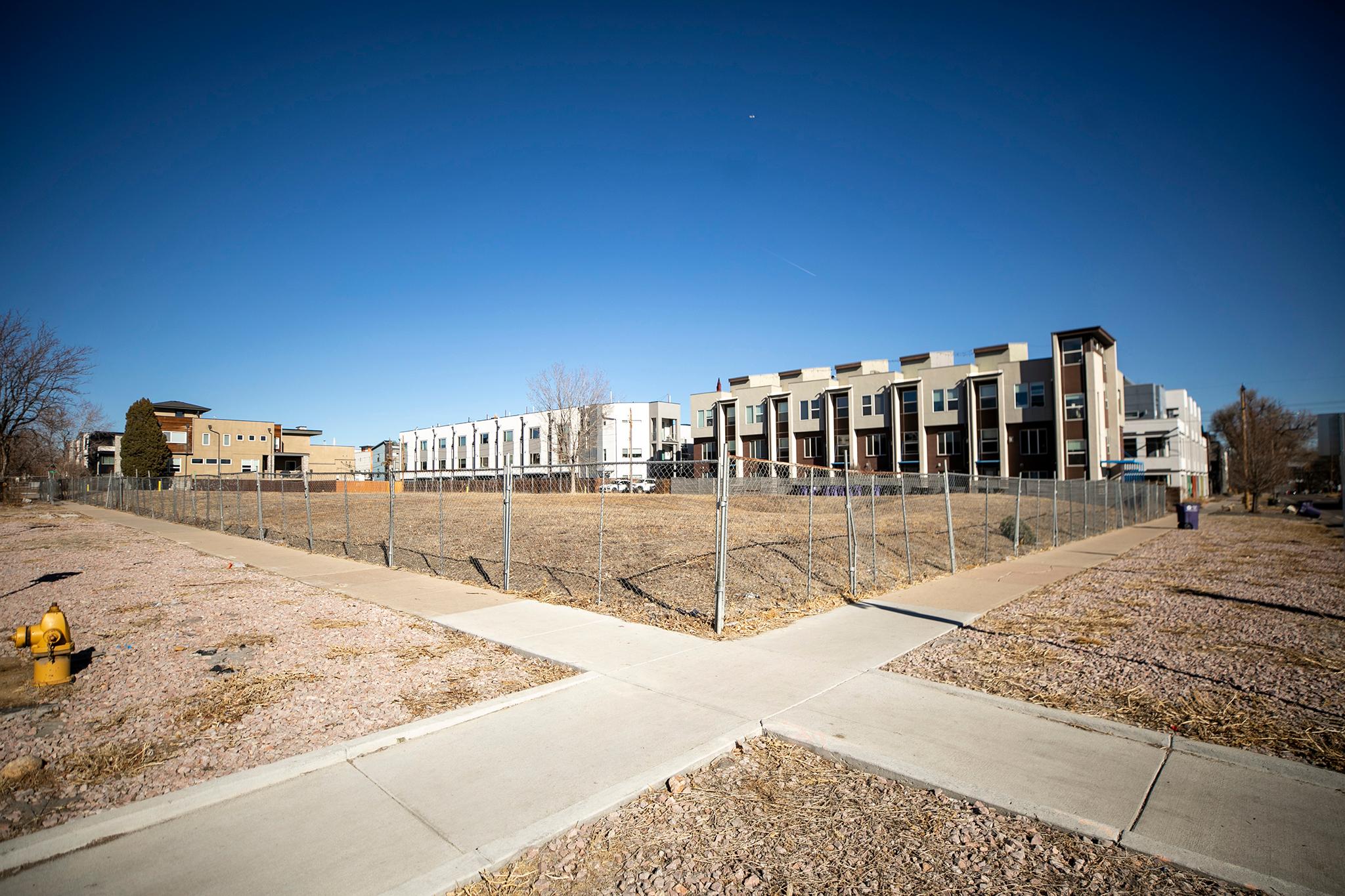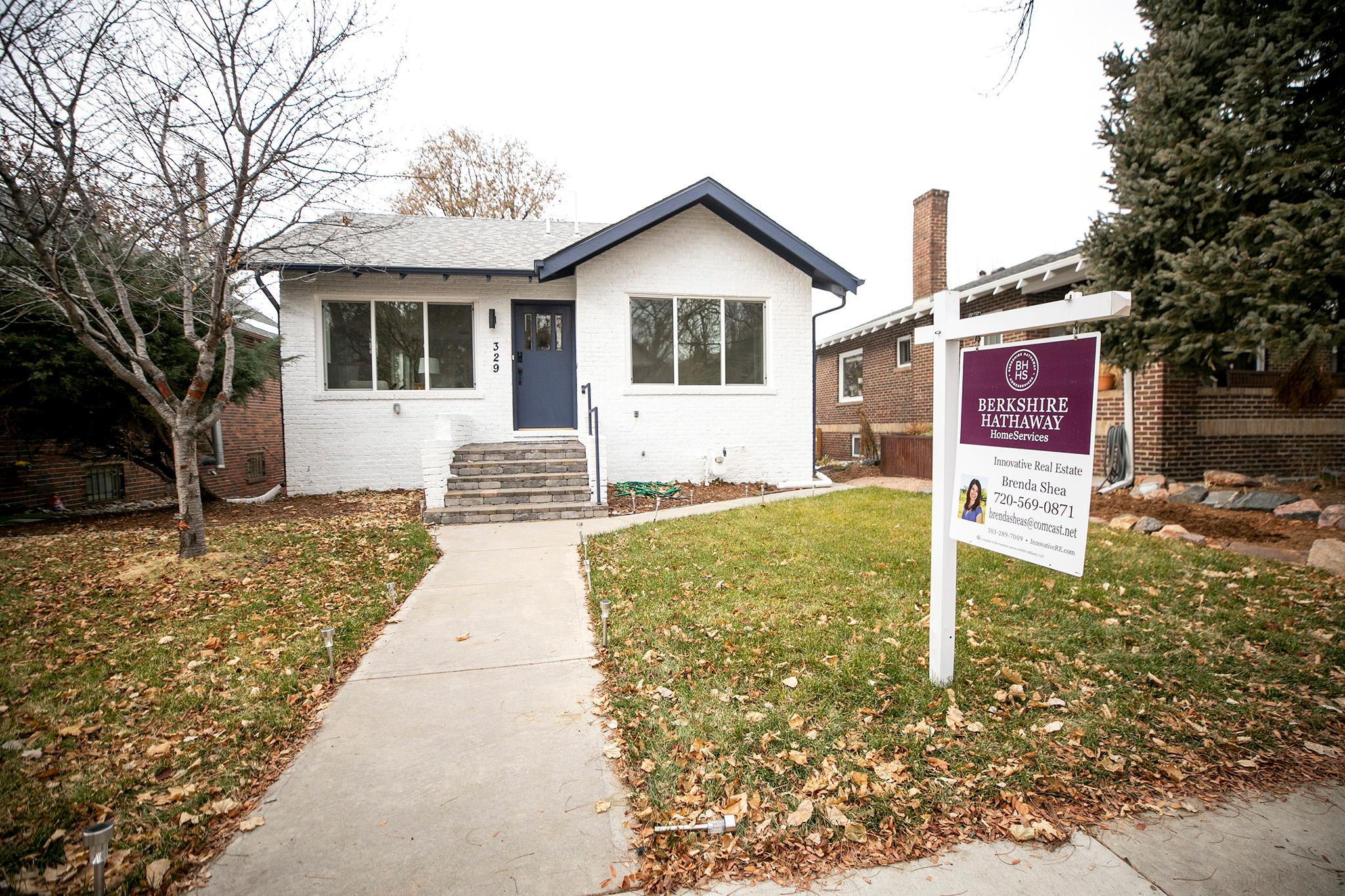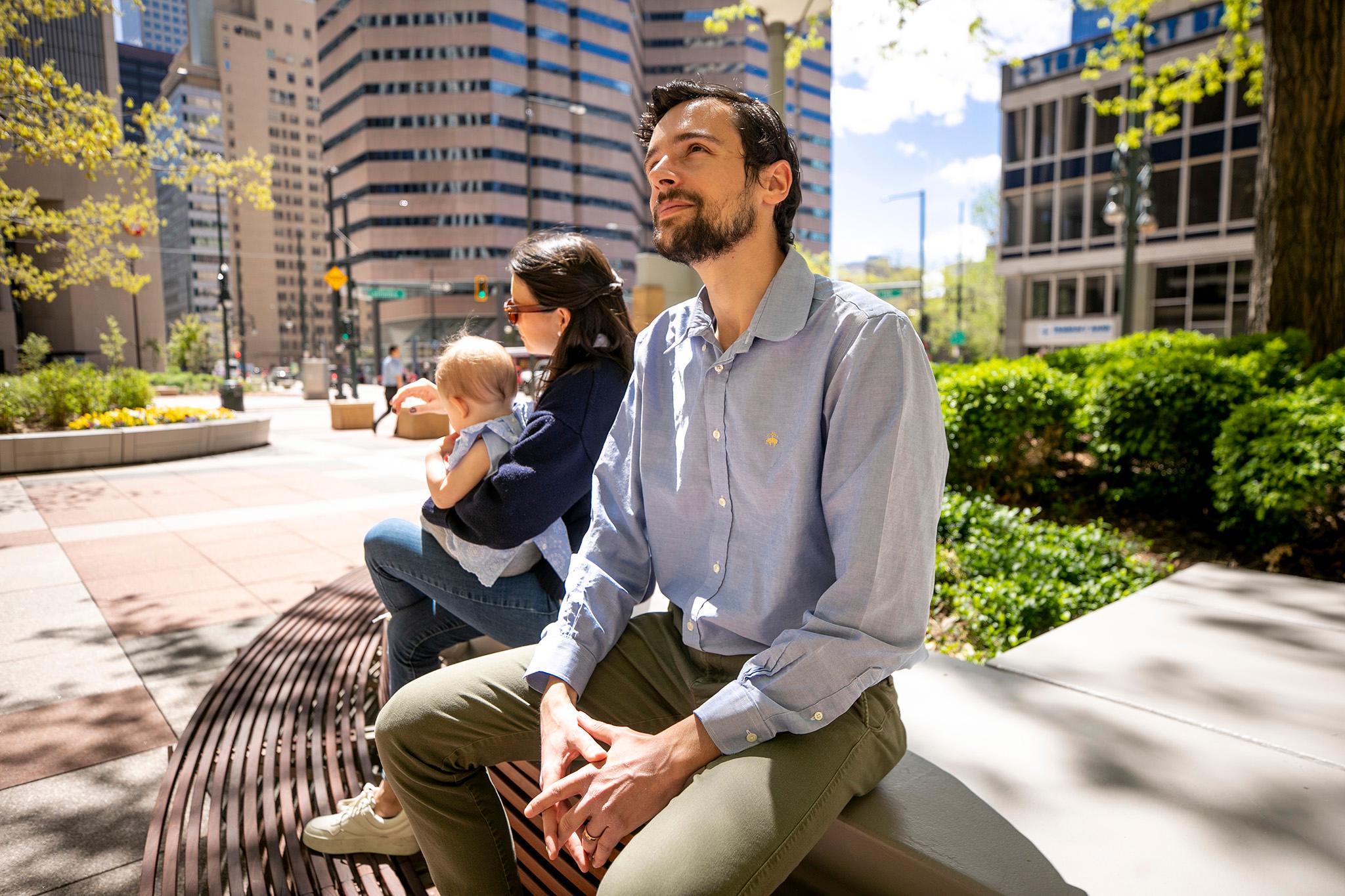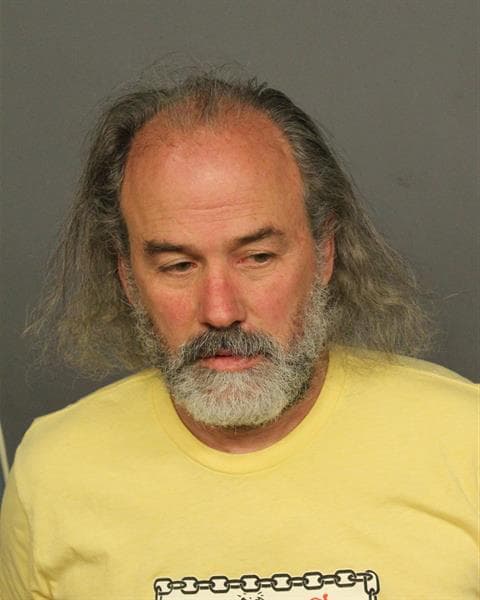Over the past half-decade, District 3 Councilmember Jamie Torres has watched the West Colfax neighborhood change as fast as any in town.
Three-story, flat-roof condos and apartment buildings have engulfed many of the community’s streets, leaving the few once naturally affordable single-family homes awkwardly sandwiched between cookie-cutter, rectangular buildings with all the architectural wonder of a painted slab of drywall.
Some of those new homes cost between $750,000 and $1 million — far higher than the median price of a Denver house — and far above the median price of a condo.
Many of the multigenerational families who once lived in the community have sold or were priced out, and the new residents tend to be living in two-person, adult-only households.
Despite greater density and wealthier residents, West Colfax has fewer kids than before, Torres said, and the local schools are struggling with enrollment and funding.
On a recent Tuesday afternoon, Torres drove by the 1700 block of Julian Street, once full of naturally affordable single-family homes. She hardly recognized what she saw.
“It is completely transformed,” Torres said. “A 180.”
Now condos and apartment buildings lined the street, with units far out of reach for most Denverites, including Torres herself.
She wasn't surprised, though. Change here has been swift and obvious.
Since she took office in 2019, towering apartment buildings have risen along Colfax Avenue, and nearby blocks have seen a rise in multi-family housing replacing single-family and row homes from the 1950s.
The neighborhood’s flexible zoning rules and proximity to bus lines on Colfax have made it a popular spot for developers to build.
The laws of supply and demand suggest that with more homes prices would drop. The possibility that more new housing could eventually stabilize the housing market and working people could eventually afford to live in West Colfax again is cold comfort for the longtime working-class families who once lived in the naturally affordable single-family homes that were demolished and who can no longer afford their community.
Instead, as newer, wealthier residents have moved into the neighborhood, old-timers who owned, in many cases, have sold. Those who rented were priced out and pushed elsewhere, often further south and west in Denver or out of the city altogether.
These new buildings, Torres said, are what gentrification looks like.
Empty lots in West Colfax are rare — and that makes a fenced-off patch of grass at the 1700 block of Julian Street particularly intriguing.
Back in 2011, the 1700 block was full of yellow-brick rowhomes where working-class families lived. But over the next decade, the homes were painted blue, the landscaping was spruced up, and while those changes looked radical, they were nothing compared to what was to come.
Sometime after 2019, the homes were demolished and the land was sold. Most of the block has already been developed into trendy, flat-roof townhomes that dominate so much of the West Colfax neighborhood. Now more of that will likely be coming to the last swaths of grass on the block.
Community Planning and Development, the city’s planning department, has completed its review of plans for the next round of townhomes being planned by a company registered as 1700 Julian Venture Inc.
If those plans go through, 30 townhomes, in five buildings, will be coming to the nearly one-acre section of the block. There will also be what the developers describe as an “attached private shared amenity.”
The proposed building will rise 35 feet high and include three stories, along with 45 parking spaces — looking largely like everything else on the block.
Torres says she’s been hearing complaints from the neighbors who recently moved to the West Colfax neighborhood.
Those who moved in during the pandemic are surprised by how noisy the area is and how much crime occurs along Colfax.
While they like their homes, they don’t love all the new construction.
She’s heard from people on the west side of the 1700 block of Julian concerned the new building proposed for the patch of grass could block their views. Wouldn’t a single-family home, the sort that was demolished, be a better fit?
The irony of not-in-my-backyard grievances from newcomers in multifamily buildings isn’t lost on Torres.
“I have to remind them: One — your views aren't protected. And two — the same zoning that allowed their home to be built over a single-family home or a duplex is the same zoning that allows this guy to build.”











